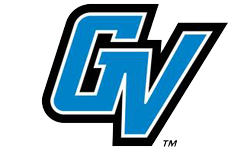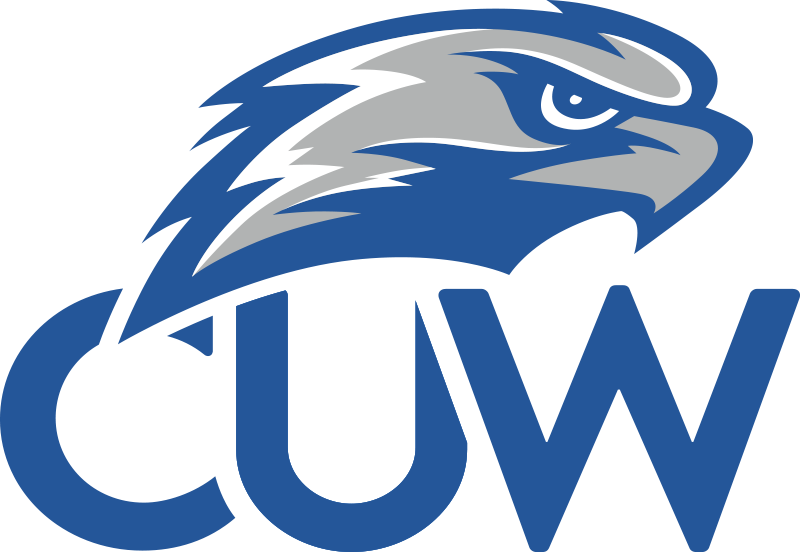
1. Michigan State
The Spartans brought in a loaded rookie class in 2018-19, with both top-end talent, and depth. The headliners for MSU were Jack Hilt and Jacob Georges. Hilt turned heads in the winter semester, with some clutch performances in big moments (most notably at WAR). Georges had his breakout tournament at Nationals where he was a massive part of the Michigan State offensive attack. Hunter Broski showed a lot of promise in 2018-19, and is poised for a breakout season in 2020. Evan Bara burst onto the scene at MDC as one of the top playmakers on the MSU roster. Jake Lico already is putting together highlight play after highlight play thanks to his great hands and impressive anticipation as a thrower. One last Spartan rookie worth mentioning is Ben Traub, who will become a much more well-known name in 2019-20 as his role continues to increase on this squad. Overall, this rookie class for MSU is exactly what they needed, and will be the foundation for success in East Lansing for years to come.

2. Central Michigan
If Michigan State had the top rookie class in the country, Central Michigan was pretty much 1A. The Chippewas lost as much to graduation entering the 2018-19 season as any team in the country. The captains on the team were in a tough position considering the amount of on-court production they needed to replace. Fortunately for CMU, the 2018-19 rookie class was the best we have seen in Mt. Pleasant since 2013. This class is loaded, and balanced. There isn’t one clear standout, but there are plenty of players who were making huge impacts as first-year players. Jawanza Edwards and Jared Brown both developed into top notch catchers as rookies. Speaking of catchers, Kyle Taylor had some amazing catching performances in his first year. Doug Daniel, Scott Imbergia, and Austin Grignon were all players that CMU’s leaders thought highly of. Each of them were very well-rounded players by the end of the season. This class is exactly what CMU needed. It sets a nice foundation for future success at Central Michigan.

3. Wisconsin Platteville
Wisconsin Platteville’s rookie class was the best kept secret in the NCDA prior to Nationals. At the season’s final event, UWP impressed everyone with a roster of mostly rookies. Led by Joshua Zauche, Eli Huntley, Noah Larscheid, Jared Colden, and Nick Lund, UWP’s class of rookies has expectations high for the future of their program. Look for this team to get even better as these youngsters gain more experience on the NCDA court.

4. Cincinnati
A slight loophole in the rookie class rankings: when a new team is created. That was the case for Cincinnati in 2018-19. Obviously, this rookie class has a lot of depth, making it good for #4 on our list. The main headliners for UC’s rookie class that will help the team moving forward: Brannon McGinn and Brett Liming.

5. Saginaw Valley State
Saginaw Valley didn’t have the largest rookie class in 2018-19, but they certainly brought in a few keepers. Bryce Stevens certainly impressed in his first year of NCDA competition, making the SVSU OT 6. Noah Womack was hot and cold as a rookie, but showed that he has incredible hands, and the ability to be a bigtime playmaker. Womack is one of those players with the type of skills to take down even the most experienced players on the opposing team. The future is bright for both of those individuals moving forward.

6. Akron
This has easily been the best recruiting class for the University of Akron since the club’s original class of 2015. Rookie sensation, Jacob Weber leads the future All-Stars as the new Captain of the Zips. Jacob is a natural for the sport, with the only aspect of his game lacking being experience. From the first practice, Weber was pinching and using the Zips on court strategy. Clayton Egleston, was Akron’s most reliable catcher this season besides Joshua Lyons. Clayton always puts himself in the best possible position make a clutch catch, even when it looks like he isn’t paying attention. Tyler Schramm was a great role player and on court facilitator in 2018-19. He always knew where to be at the right time, with a well-placed counter-throw or tremendous block. Anthony Falletta and Michael Martinek round out the first year players for Akron. Both came into their own this year as clutch catchers and timely counter throwers. Both will be integral pieces to the Akron Zips Machine in the coming years.

7. Grand Valley State
The headliner rookie for GVSU in 2018-19 was clearly Nick Hehl. He emerged during the latter half of the year as a stud catcher for the Lakers, and also increased his offensive output down the stretch. Lucas Bollman is another rookie from last season who has quite a bit of potential, especially as a thrower. Luke Holicky and Zach Revoldt also made some impacts as rookies. This class will need to step up next year to fill the shoes of some stars who have graduated.

8. Miami
Miami made waves in the NCDA this year with their strong overall depth. While they had a couple loaded classes in 2017 and 2018, the 2019 class still had two players who managed to crack the lineup for the RedHawks. Jake Parks and Chad Ayers made an impact as rookies for one of the best teams int he country, and are poised to have breakout years in 2020 for one of the most experienced teams in college dodgeball.

9. Virginia
Although UVA’s rookie class didn’t show out in full force to every single tournament this past year, they’ll be ready to go next year. Now that pledging, club, and other school commitments have died down for the rising second years, they won’t waste any time making names for themselves during what should be a retooling (not rebuilding) year for the Hoos. They’ll be sneaky good as long as this class comes back strong in the fall.

10. Kentucky
Kentucky pulled in arguably the top rookie class in the South Region this year thanks to a few major standouts. Matthew Hart and Justin Conti both had strong rookie seasons, and are positioned to help Kentucky into the 2019-20 season. The Wildcats will need to keep pulling in top 10 rookie classes if they want to remain atop the improving South Region.

























